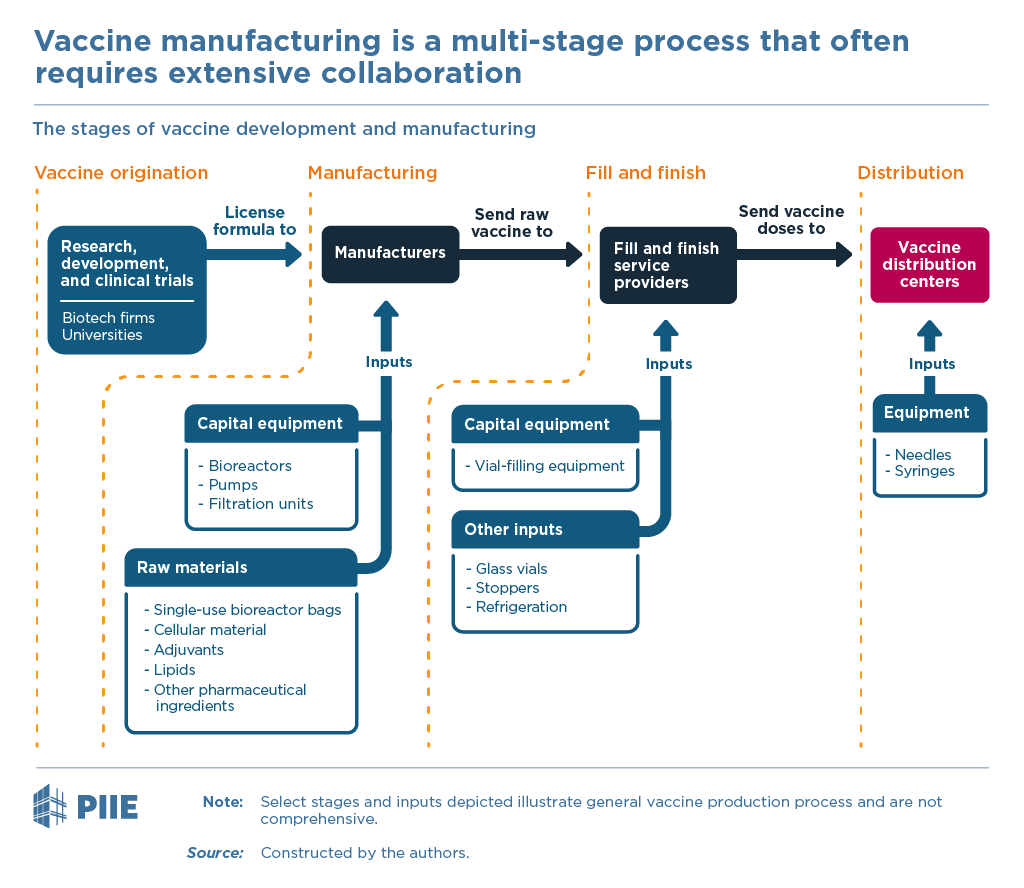
Monitoring COVID-19 vaccine input shortages: 🧵1/
Novavax said yesterday
"Now that borders are opening up, and all the manufacturers have been trying to increase their capacity- whether it's for filters, whether it's 2000 L bags or media...
This is an industry-wide problem.
Novavax said yesterday
"Now that borders are opening up, and all the manufacturers have been trying to increase their capacity- whether it's for filters, whether it's 2000 L bags or media...
This is an industry-wide problem.

...And we're getting better availability of product. It's still tight.
In normal times you would want six months worth of raw material inventory in a production plant, and we don't have that.
But we have weeks at least.
Before we had a week.
So it's getting better." 2/
In normal times you would want six months worth of raw material inventory in a production plant, and we don't have that.
But we have weeks at least.
Before we had a week.
So it's getting better." 2/
Source: ir.novavax.com/events 3/ 

Yes, Novavax is only one vaccine, but it has EIGHT different drug substance production sites.
Upshot: global vaccine input shortage problem still worth monitoring.
Why? 👇🏾 ENDS /
piie.com/blogs/trade-an…
Upshot: global vaccine input shortage problem still worth monitoring.
Why? 👇🏾 ENDS /
piie.com/blogs/trade-an…
• • •
Missing some Tweet in this thread? You can try to
force a refresh












